Drink It In: A List of the Best Books About the Best Bars
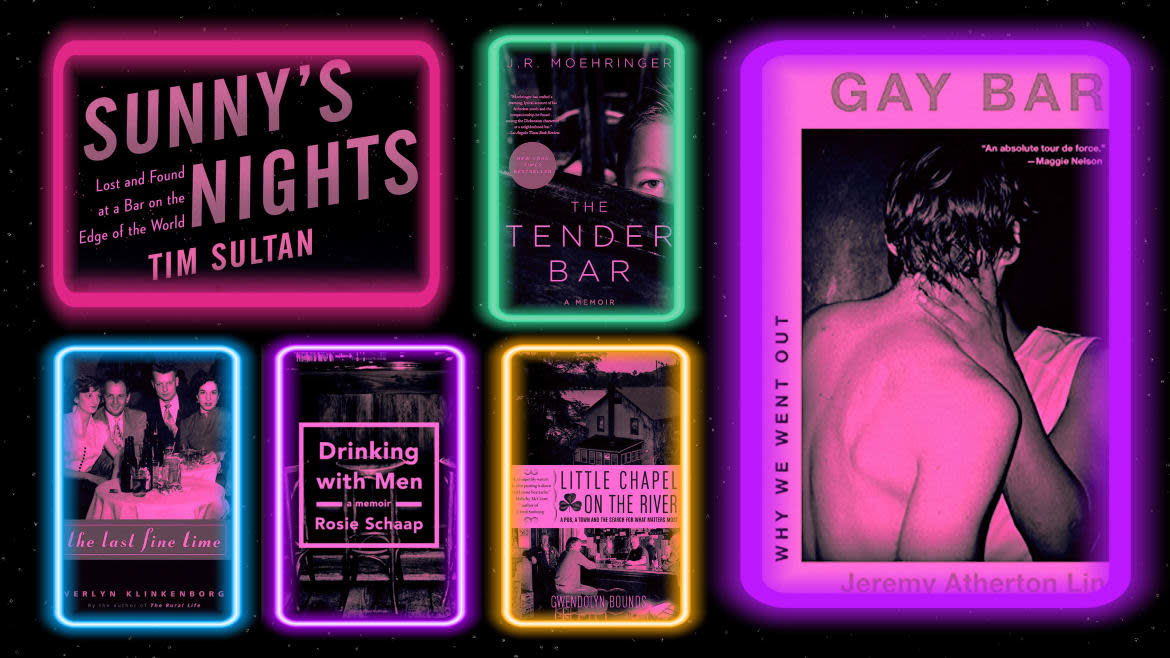
Literature is filled with great fictional bars, bartenders, and drunks—and cheers to them all. But, in 2018, when I started writing my narrative nonfiction book about Coogan’s, an Irish saloon in New York’s Washington Heights neighborhood, I had a hard time coming up with more than a handful of examples of the kind of book I wanted to create: a mix of memoir, research, and reporting that captured the life of a neighborhood bar and its role as a meeting place and cultural repository for the community it served. Library catalogs yielded a few more titles and, during the years that I worked on my book, a couple of other top-shelf examples were published. Here are my favorites. As with a good beer list, there should be something here for every palate. Salut!
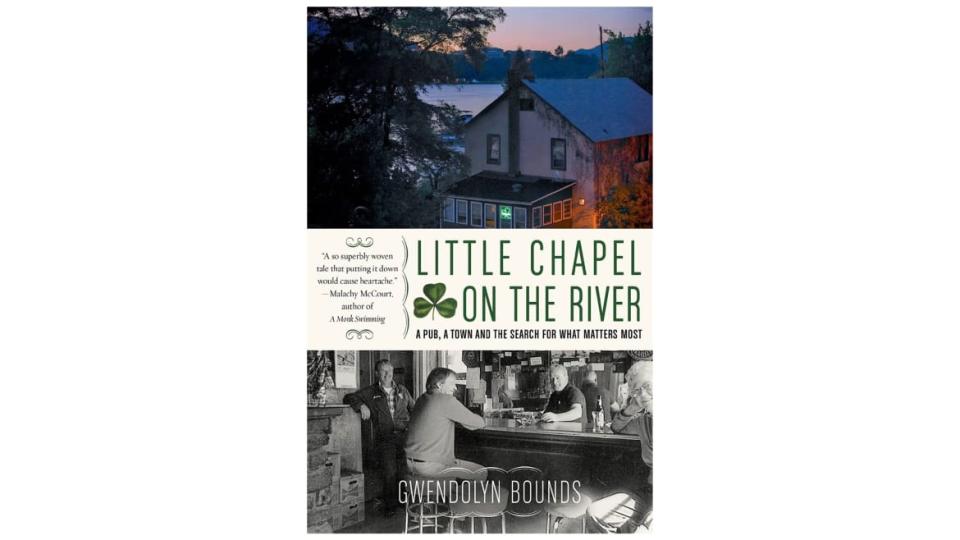
10. Little Chapel on the River: A Pub, a Town and the Search for What Matters Most by Gwendolyn Bounds (2005)
“I had never really belonged to anything except maybe my job,” writes Bounds, a reporter for the Wall Street Journal. Displaced from their Lower Manhattan apartment by the 9/11 attacks, Bounds and her girlfriend Kathryn wash up 50 miles north, in the Hudson River town of Garrison. There the author is slowly welcomed into the ring of regulars at a homely pub and general store operated by a gruff but charming Irishman named Jim Guinan. As Guinan’s health deteriorates and the pub’s future comes into question, Bounds, a driven careerist, finds herself embracing a life of barroom camaraderie and small-town communitarianism. She also becomes embroiled in the Guinan family’s succession drama. This is Eat, Pray, Love for the barfly in your life.
9. McCarthy’s Bar: A Journey of Discovery In Ireland by Pete McCarthy (2000)
“Is it possible to have some kind of a genetic memory of a place where you’ve never lived?” asks McCarthy, who was raised in the north of England by mixed English and Irish parents. This hilarious book is an exploration of that possibility, as McCarthy chronicles his fumbling, at times slapstick efforts to reconnect with his mother’s homeland via “the seductive mêlée of Irish pub life.” Full of comic set pieces and sharp cultural analysis, McCarthy’s Bar reads like a lost Bill Bryson book.
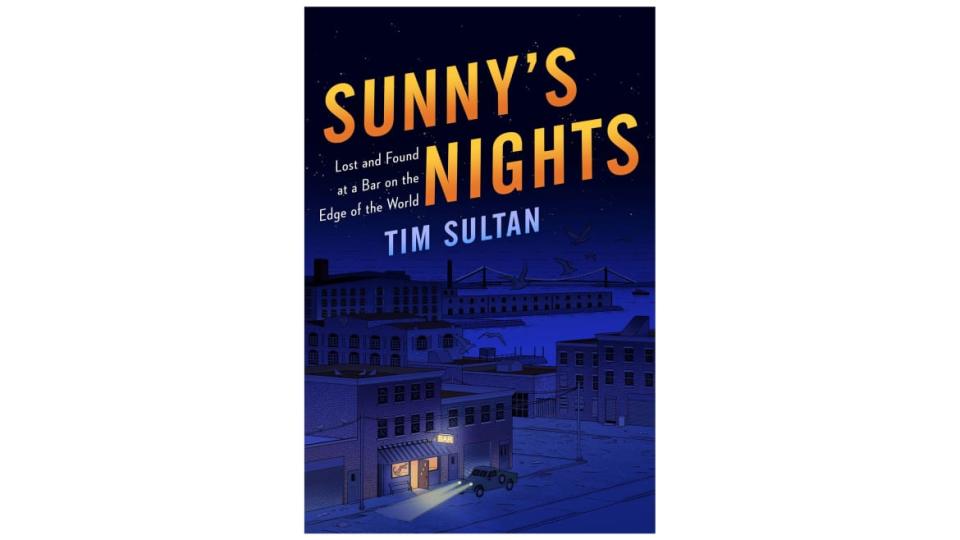
8. Sunny’s Nights: Lost and Found at a Bar on the Edge of the World (2016) by Tim Sultan
In 1995, at the age of 27, Sultan gets lost driving home from a movie and winds up in a ramshackle bar in Brooklyn’s industrial Red Hook neighborhood—which he describes as “the last small town in New York City.” There he befriends the proprietor, Sunny Balzano, a Shakespeare-quoting Tony Bennett lookalike. Eventually, Sultan quits his office job and takes a post behind the bar, becoming the curator of Sunny’s memories and the chronicler of the bar’s assortment of oddballs and castoffs. Along the way he explores the criminal past of Red Hook and discovers an ephemeral place of happiness and belonging. “The greatest pleasures, I’ve decided, are those that come to us by surprise, and by our own discovery.”
The Wartime Traditions of McSorley’s Old Ale House
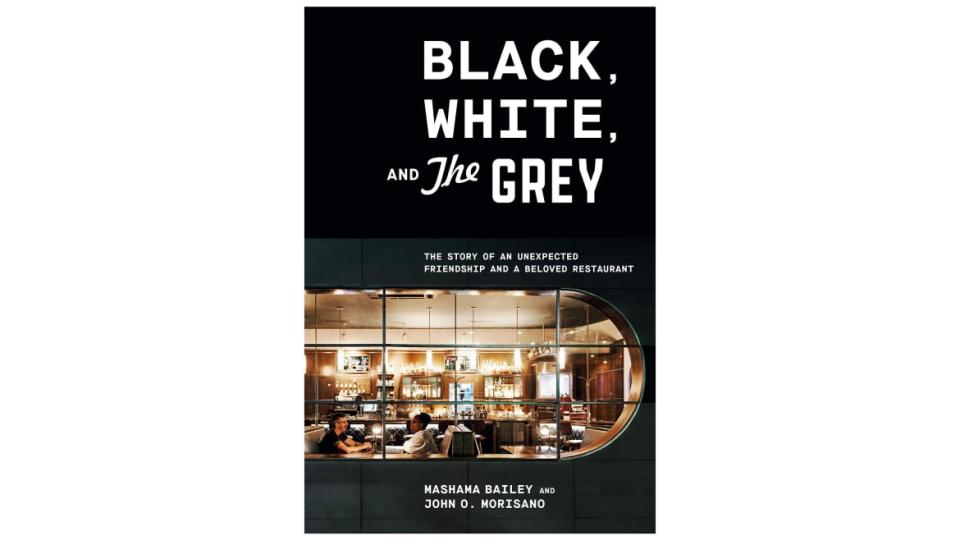
7. Black, White, and the Grey: The Story of an Unexpected Friendship and a Beloved Restaurant by Mashama Bailey and John O. Morisano (2021)
Nearly a decade ago, Bailey, a Black chef from Queens, and Morisano, an Italian-American businessman from Staten Island, opened their restaurant and bar, the Grey, in the former—and formerly segregated—Greyhound bus terminal in Savannah, Georgia. Their goal was to create a neighborhood spot that would foreground in setting, staffing, and cuisine the questions of race, class, gender, and culture that have long bedeviled the South and the country as a whole. (For example, Bailey and Morisano debated whether to keep the “Colored Waiting Room'' sign as part of the building’s restoration.) It’s an inspiring story that never dodges the uncomfortable questions the owners faced on the way to their success.
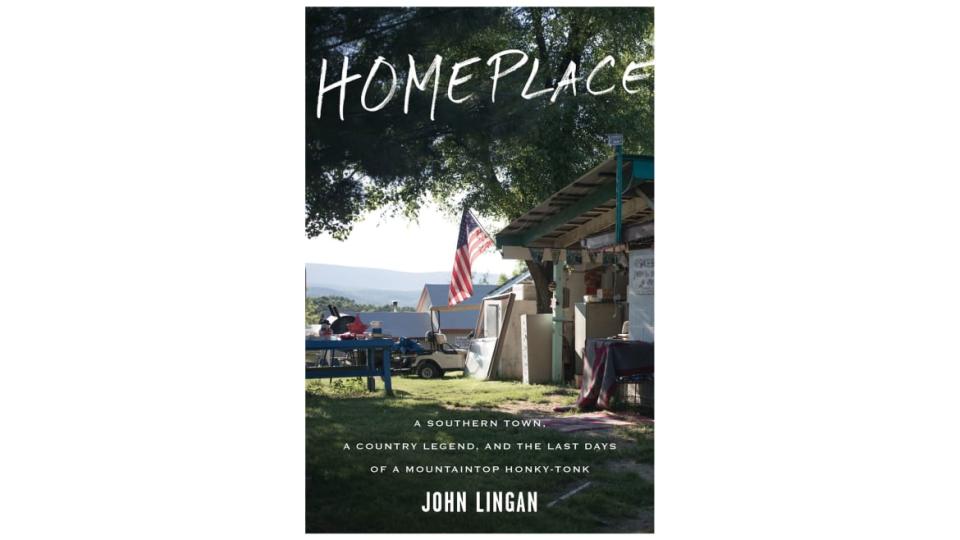
6. Homeplace: A Southern Town, a Country Legend, and the Last Days of a Mountaintop Honky-Tonk by John Lingan (2018)
Lingan’s setting is the Appalachian region near the borders of Virginia, West Virginia, and Maryland. There he introduces us to Jim McCoy, the entrepreneurial local DJ, musician, and businessman who first put Patsy Cline’s voice on the airwaves. McCoy’s bar, the Troubadour Lounge, was “the last honky-tonk standing” and the recording studio next door was “a walk-in scrapbook” of postwar country music. Lingan presents a bittersweet account of the Troubadour’s final days and a profile of a region rapidly changing from historic backwater to D.C. exurb. The result is a moving tribute to what Lingan describes as the “only work that’s really worth anything in this world: giving people a place to feel themselves.”

5. Gay Bar: Why We Went Out by Jeremy Atherton Lin (2021)
“Gay is an identity of longing and there is a wistfulness to beholding it in the form of a building,” writes Atherton Lin in this meditative memoir that spans the decades between the AIDS epidemic and the advent of Grindr. Devoting each chapter to a different gay bar in London, Los Angeles, and San Francisco, Atherton Lin considers his evolving relationship to these gathering places as he ages, and how the bars themselves have helped shape gay identity. Sexually explicit and at times scholarly, this book is also very funny: “In free market terms, there may be no reason to distinguish coffeehouse from gay bathhouse, to monitor what people want from their steam.”
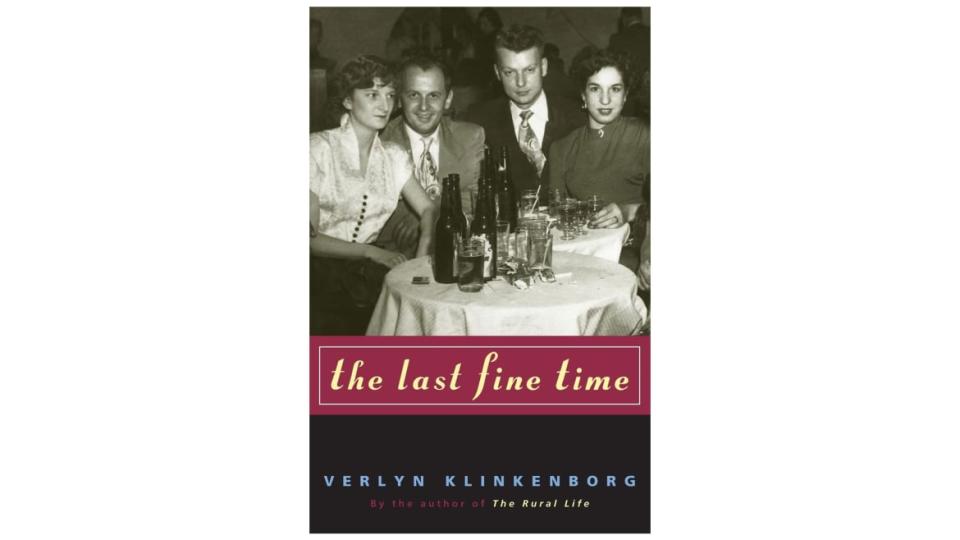
4. The Last Fine Time by Verlyn Klinkenborg (1991)
Klinkenborg’s stylish and elegiac chronicle of a family-owned Polish tavern delivers, as chasers, a pocket history of Buffalo, New York, and a meditation on immigration and assimilation. At the center of the story is George and Eddie’s, which began life as a working-man’s saloon. In 1947, young Eddie Wenzek (“a catch, a deep fly ball of a Polish son”) takes control and reinvents it as a swanky, upscale restaurant pegged to the city’s post-war prosperity. But as Buffalo’s industrial economy collapses, so do the fortunes of George and Eddie’s. Klinkenborg movingly captures how “with each tick of the time clock… the mass of Polish immigrants put on America and shed the Old World.”
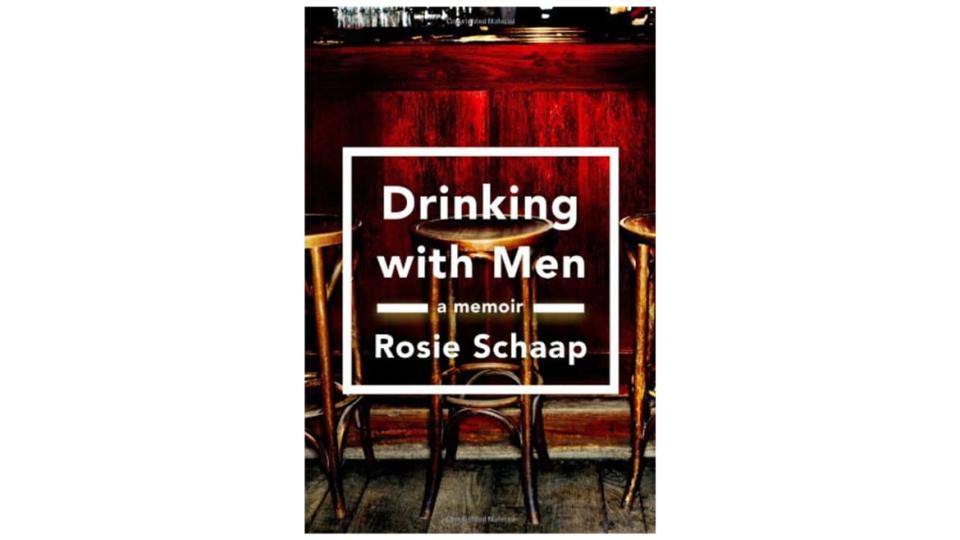
3. Drinking with Men: A Memoir by Rosie Schaap (2013)
Schaap, who was for many years the Drink columnist at The New York Times Magazine, renders her life into a series of personal essays about her favorite watering holes, including the bar car on the Metro-North New Haven Line, Grogan’s Castle in Dublin, Puffy’s Tavern in New York, and Else’s in Montreal. “When it comes to where I drink, I’m a serial monogamist,” she writes. Along the way, the reader sees Schaap evolve from an impetuous teen to a more reflective and mature adult. Having worked as a bartender, she has a keen eye for the qualities that can transform a bar into a supportive community. “At its best, bar culture is both civilized and civilizing.” Amen.
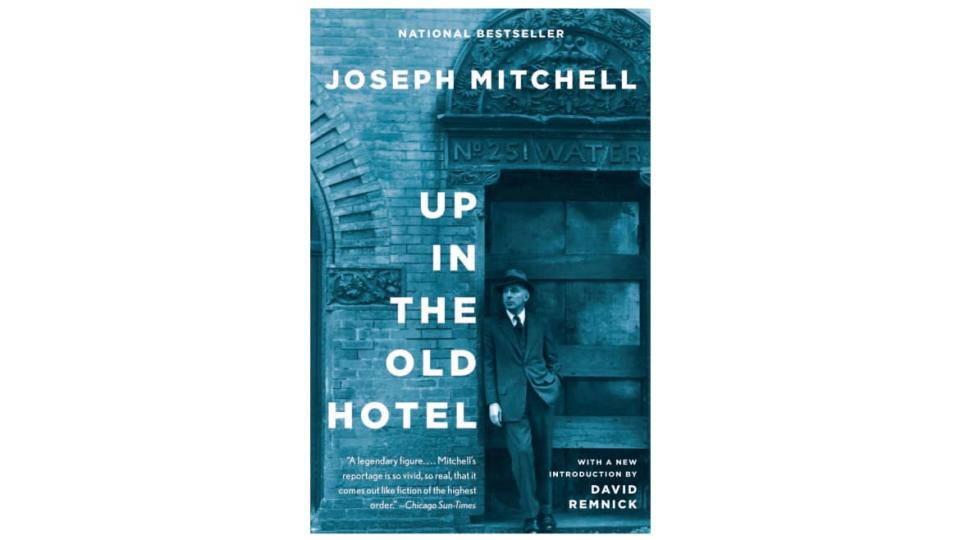
2. Up in the Old Hotel and Other Stories by Joseph Mitchell (1992)
The foundational text of American bar writing is Mitchell’s profile of McSorley’s wonderful saloon, “The Old House at Home,” originally published in The New Yorker in 1940. It has everything: a deep history, a cast of unforgettable characters, the preservation in amber of a disappearing New York, and an emotional payoff. This omnibus collection of Mitchell’s articles also includes other notable pieces about bars and restaurants, including “Obituary of a Gin Mill,” “All You Can Hold for Five Bucks,” and the title story, about Sloppy Louie’s at the Fulton Fish Market. McSorley’s is still in business on East 7th Street, but since 1998, the only way to visit Sloppy Louie’s is to read Mitchell’s work.
Remembering New York’s Famous Sloppy Louie’s
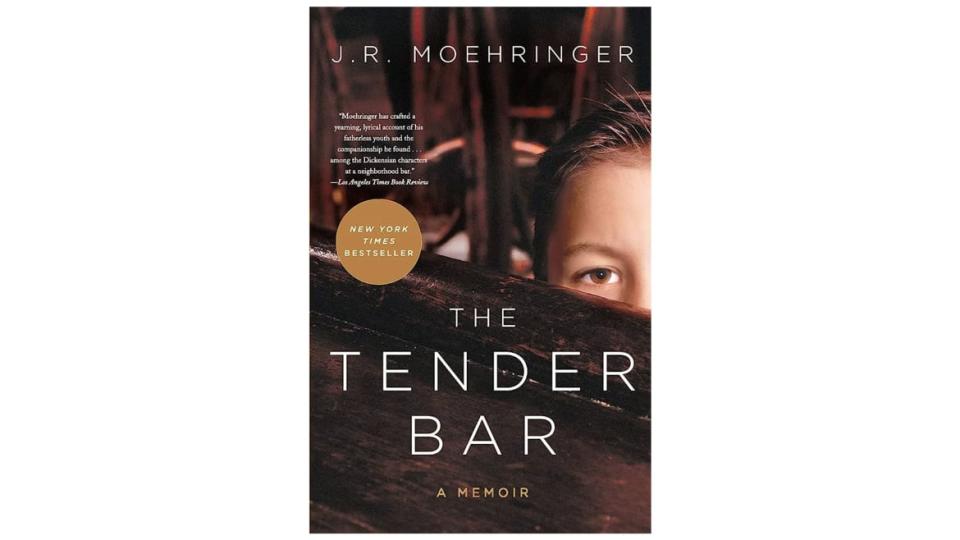
1. The Tender Bar: A Memoir by J.R. Moehringer (2005)
Abandoned in infancy by his father, a famous disc jockey, Moehringer is raised by his hard-working single mother. Needing paternal stand-ins, he is adopted by a group of regulars at Dickens, a saloon in Manhasset, Long Island. The result is the creation of a flawed and turbulent chosen family. Moehringer summarizes it this way: “The bar saved me. It restored my faith when I was a boy, tended me as a teenager, and when I was a young man, the bar embraced me… Naturally, I embraced the bar back, until one night, the bar turned me away, and in that final abandonment, the bar saved my life.” It’s a magical and unforgettable tale.
Jon Michaud is the Collection Management Librarian at the Millburn Free Public Library. He was previously head librarian at The New Yorker and the Center for Fiction. His latest book Last Call at Coogan’s: The Life and Death of a Neighborhood Bar is published by St. Martin’s Press.
Get the Daily Beast's biggest scoops and scandals delivered right to your inbox. Sign up now.
Stay informed and gain unlimited access to the Daily Beast's unmatched reporting. Subscribe now.

